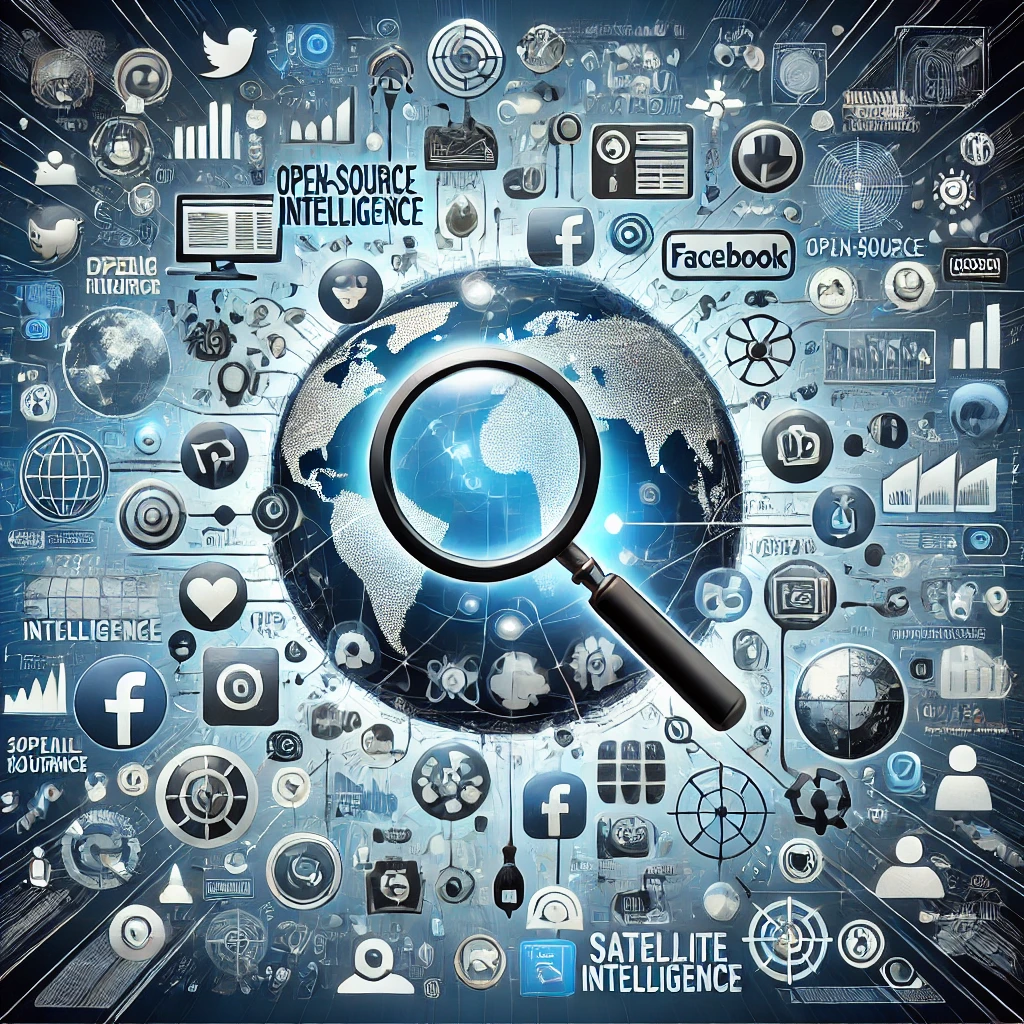Web Scraping: Important Step for Data Normalization

Categories:
3 minute read
Web scraping has become an essential technique for extracting valuable information from the vast expanse of the internet. For those involved in Open-Source Intelligence (OSINT), web scraping offers a powerful tool to gather data from diverse sources. However, the raw data obtained through web scraping often requires significant processing to make it usable for analysis. This is where data cleaning and normalization come into play.
Understanding Data Cleaning and Normalization
Data cleaning and normalization are critical steps in the web scraping process. They involve transforming raw data into a structured, consistent, and usable format.
Data Cleaning: This process involves identifying and correcting errors, inconsistencies, or missing values in the scraped data. Common cleaning tasks include:* Removing duplicates
Handling missing data (e.g., imputation or deletion)
Correcting formatting errors (e.g., inconsistent dates, incorrect addresses)
Dealing with noise (e.g., irrelevant or inaccurate information)
Data Normalization: This process involves transforming the data into a standard format, making it easier to analyze and compare. Common normalization techniques include:* Standardization: Converting data to a common scale (e.g., z-scores)
Normalization: Scaling data to a specific range (e.g., 0-1)
Categorization: Grouping data into categories or bins
Discretization: Converting continuous data into discrete categories
Challenges in Data Cleaning and Normalization
Data cleaning and normalization can be challenging due to several factors:
Data quality: The quality of the scraped data can vary greatly depending on the source and the scraping technique used.
Data complexity: Complex data structures, such as nested JSON or HTML tables, can make cleaning and normalization more difficult.
Data volume: Large datasets can require significant computational resources and time for cleaning and normalization.
Data inconsistencies: Inconsistent data formats, missing values, and errors can make it difficult to standardize and normalize the data. Best Practices for Data Cleaning and Normalization
To ensure effective data cleaning and normalization, consider the following best practices:
Define your data requirements: Clearly understand the specific data you need and the format in which you want it.
Choose appropriate tools: Select tools that are well-suited for the tasks involved, such as Python libraries like Pandas, NumPy, and BeautifulSoup.
Develop a cleaning pipeline: Create a systematic approach to cleaning and normalizing your data, including steps for data ingestion, cleaning, and transformation.
Use automation: Automate repetitive tasks whenever possible to improve efficiency and reduce errors.
Validate your data: Regularly validate your cleaned and normalized data to ensure accuracy and consistency.
Consider domain-specific techniques: For certain types of data (e.g., text, images), specialized techniques may be required. Common Data Cleaning and Normalization Techniques
Text cleaning:* Removing stop words (common words like “the,” “and,” “a”)
Stemming or lemmatization (reducing words to their root form)
Correcting spelling and grammar errors
Numerical data cleaning:* Handling missing values (e.g., imputation, deletion)
Outlier detection and removal
Data standardization or normalization
Categorical data cleaning:* Handling missing categories
Encoding categorical variables (e.g., one-hot encoding, label encoding)
Date and time cleaning:* Converting date and time formats
Handling time zones
Identifying inconsistencies and errors
Case Study: Cleaning and Normalizing Financial Data
Suppose you’re scraping financial data from multiple websites. To make the data usable for analysis, you might need to:
Clean the data: Remove duplicates, handle missing values, and correct formatting errors in dates, currencies, and numerical values.
Standardize currencies: Convert all currencies to a common currency (e.g., USD).
Normalize numerical data: Scale numerical values to a common range (e.g., 0-1) to make them comparable.
Handle categorical data: Encode categorical variables (e.g., company names, stock exchanges) for analysis. Conclusion
Data cleaning and normalization are essential steps in the web scraping process for OSINT. By following best practices and using appropriate techniques, you can transform raw data into a structured, consistent, and usable format, enabling you to extract valuable insights and intelligence from the vast amount of information available on the internet.
List of the 100 OSINT topics with subtopics
Feedback
Was this page helpful?
Glad to hear it! Please tell us how we can improve.
Sorry to hear that. Please tell us how we can improve.